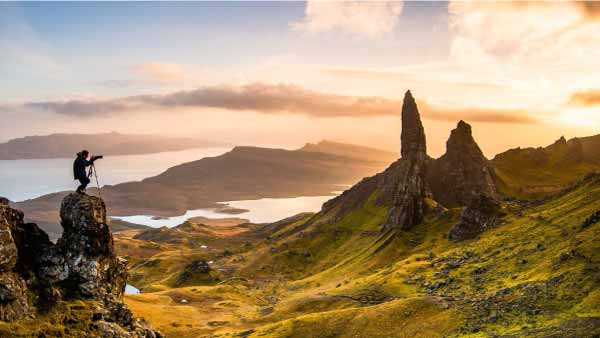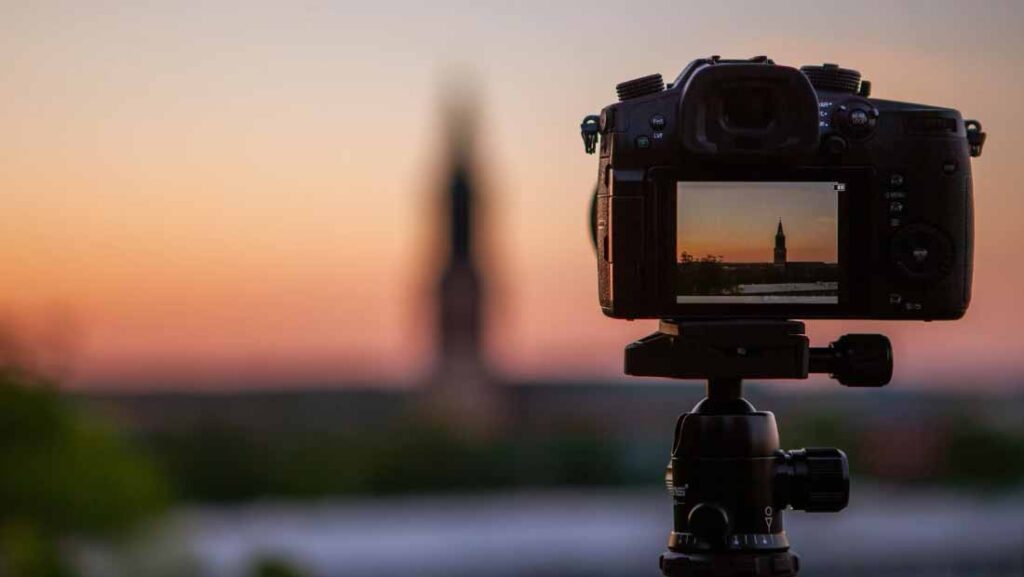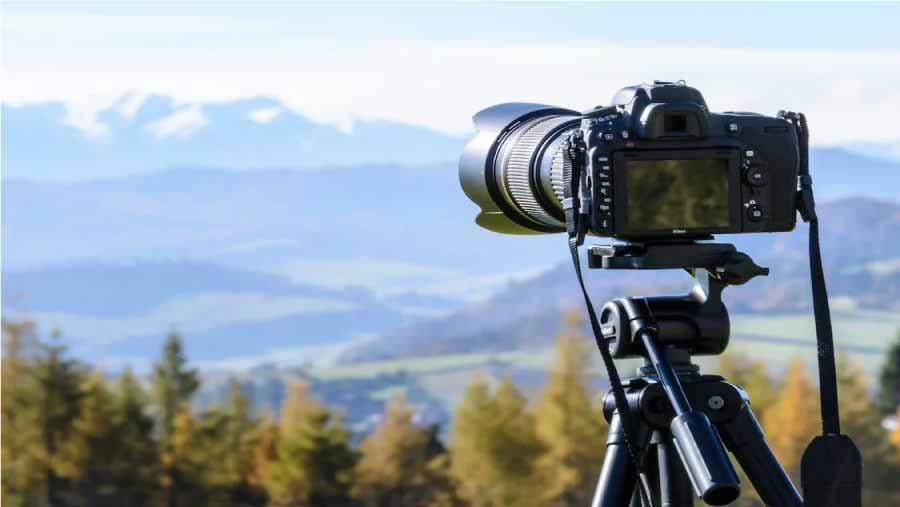Landscape photography is a genre that focuses on capturing the beauty and grandeur of natural landscapes, such as mountains, rivers, lakes, oceans, skies, forests, and fields. To make a good landscape photograph, it is important to consider a few key factors, such as light, composition, and equipment.
Here are some tips to help you take stunning landscape photography:
Look for the right light: Light is one of the most important factors in landscape photography. The most popular times to photograph landscapes are sunrise and sunset, when the light is softer and warmer, providing beautiful and dramatic lighting. You can also take advantage of the golden hours, which are the hour before sunrise and the hour after sunset, when the light is softer and diffuse.
Composition: Composition is another key factor in landscape photography. Try to follow the rule of thirds to place the key elements of your image in strengths of it. It is also important to note the horizon line, which should be level and preferably in an upper or lower third of the image.
Focus: Make sure you focus correctly on the focal point of your image. Use the hyperfocal focusing technique to make sure both the foreground and background are in focus.
Use a tripod: To get sharp images, it’s important to use a tripod to stabilize the camera. This will allow you to keep the camera still during the long exposure needed for landscape photography.
Use a polarizing filter: A polarizing filter can help you reduce glare and improve the colors of your landscape photographs.
Remember that practice makes perfect, so don’t be afraid to experiment and play with different techniques to find your own style and capture unique and beautiful images.
Light
Light is one of the most important elements in photography, as it determines the appearance and quality of the image. In photography, light refers to the lighting available in the environment in which the photo is taken. Light can be natural, such as sunlight or moonlight, or artificial, such as light from lamps or reflectors.
The quality of light may vary depending on its direction, intensity and color. The direction of light can affect the texture and shape of objects in the image. Light coming from a low angle can create long, deep shadows, while light coming from above can soften shadows and highlight details.
Light intensity refers to the amount of light that reaches the camera sensor. A bright light can be useful for highlighting details and colors in an image, while a dim light can create a softer, more romantic atmosphere.
The color of the light can also affect the appearance of an image. Natural light can vary in color depending on the time of day and weather conditions. For example, sunrise and sunset light may be warm and golden, while midday light may be cooler and bluish. Artificial light can also vary in color depending on the type of bulb or the color temperature selected in the camera.
In general, light is a fundamental element in photography that can be used creatively to highlight the beauty and visual impact of an image.
The composition
Composition refers to the way the elements of the image are placed in the frame of the camera. It is a fundamental part of photography, as it can make an image more interesting and attractive to the viewer.
Here are some compositing techniques that can help you improve your photographs:
Rule of thirds: It is a composition technique in which the image is divided into thirds horizontally and vertically, and the intersection points of these lines are used as focal points for the main elements of the image.
Symmetry: Symmetry can create a sense of balance and harmony in an image. It can be used in a variety of shapes, such as reflections, geometric shapes, and patterns.
Lines: Lines can be used to guide the viewer’s view through the image. They can be diagonal, vertical or horizontal, and can be used to create a sense of depth or movement in the image.
Perspective: Perspective can be used to create a sense of depth in an image. It can be achieved using techniques such as foreground and background element placement, and the use of the horizon line.
Negative space: Negative space refers to the empty spaces in an image surrounding the main elements. It can be used to create a sense of simplicity and elegance in the image.
These are just a few composition techniques you can use to enhance your photographs. Remember that composition is an important tool to express your creativity and artistic vision in your images.
Team
The equipment needed for photography depends on the type of photography you want to take. Here is a list of some of the basic equipment that is used in most forms of photography:
Camera: The camera is the most basic and essential equipment for photography. There are various types of cameras available, such as DSLR cameras, mirrorless cameras, compact cameras, etc.
Lenses: Lenses are an integral part of the camera and can be interchangeable on most DSLR and mirrorless cameras. There are different types of lenses available for different purposes, such as wide-angle lenses, telephoto lenses, macro lenses, etc.
Tripod: A tripod is an important tool that helps keep the camera stable and avoid blurry images due to camera shake.
Lighting: Lighting is crucial for photography, as it determines the quality of the image. Lighting can be natural or artificial, and there are a variety of equipment available, such as studio lights, flashes, reflectors, etc.
Memory cards: Memory cards are needed to store images taken in the camera.
Batteries: Batteries are essential to keep the camera and other electronic equipment running.
Carrying bag: A carrying bag is important to protect equipment and transport it safely.
These are just some of the basic equipment used in photography. Depending on the type of photography you want to take, you may need other equipment, such as filters, remote shutters, special lenses, etc.


